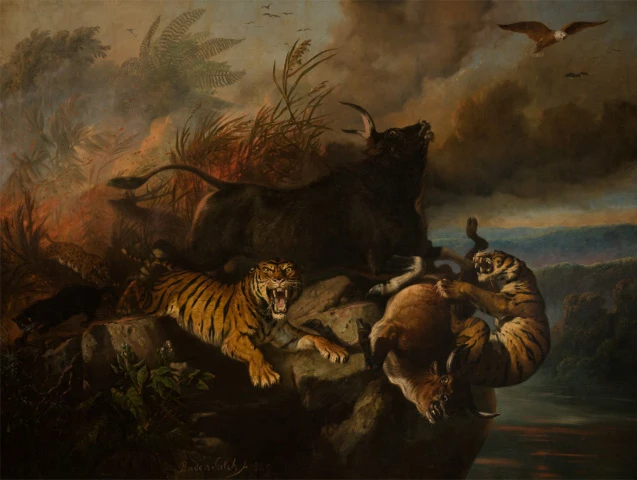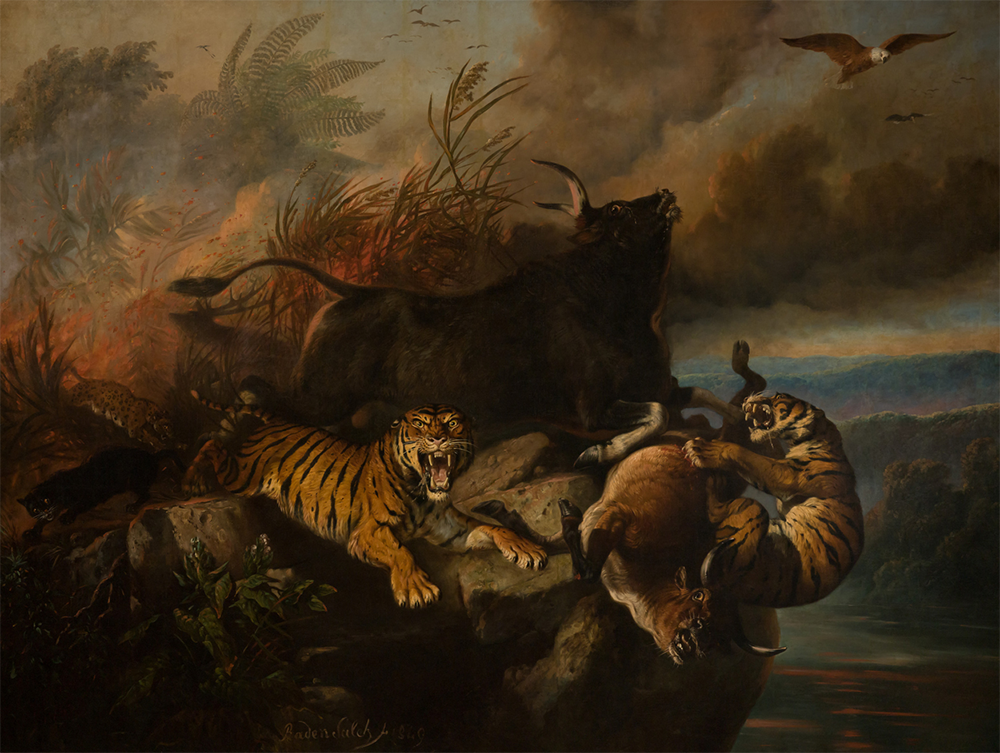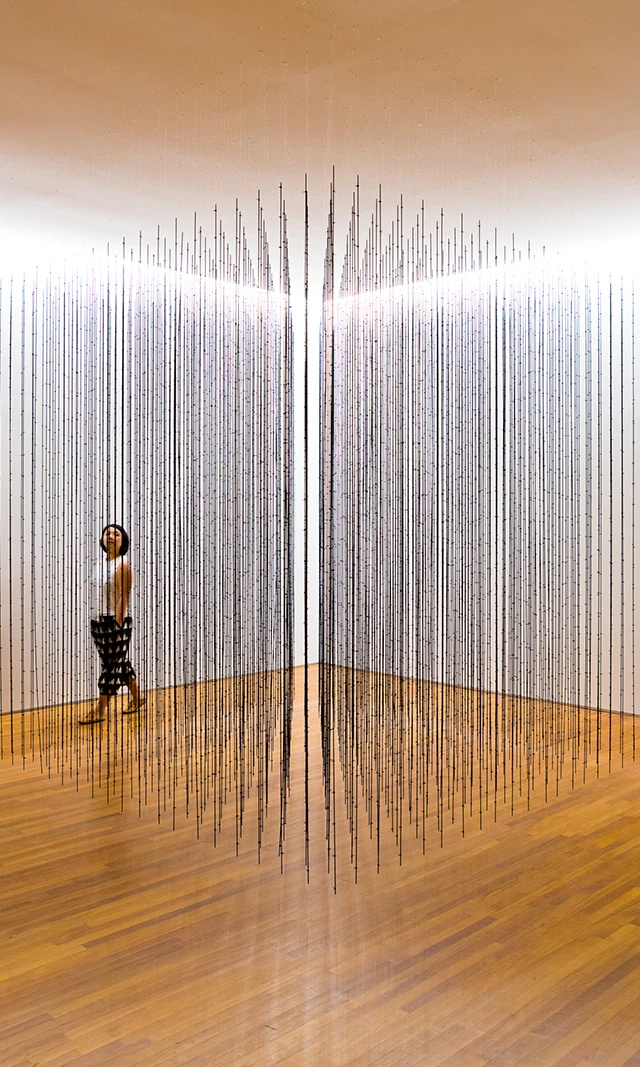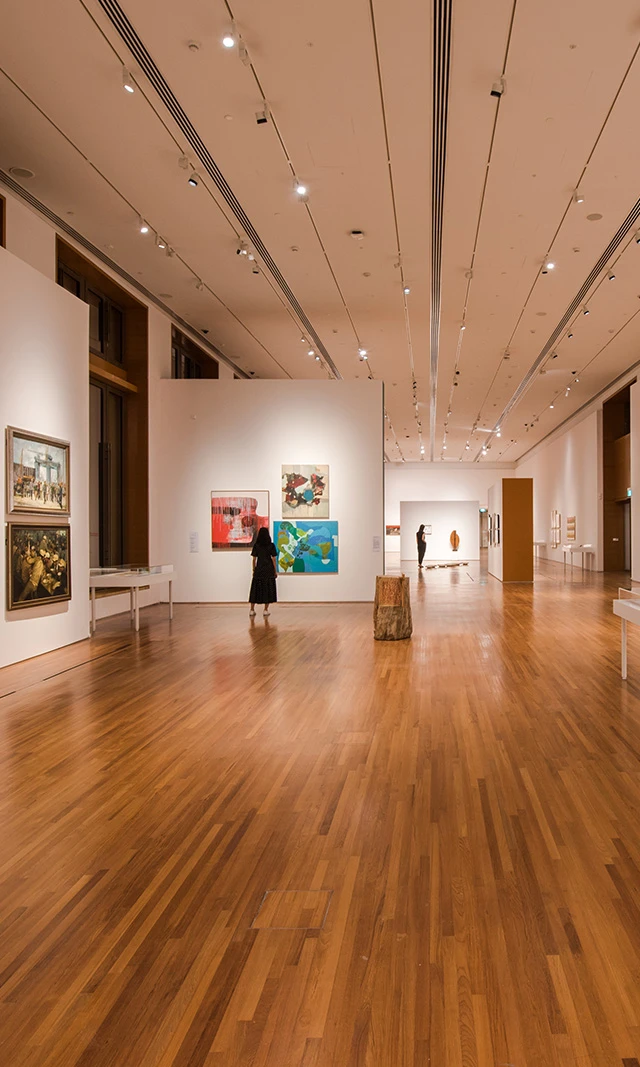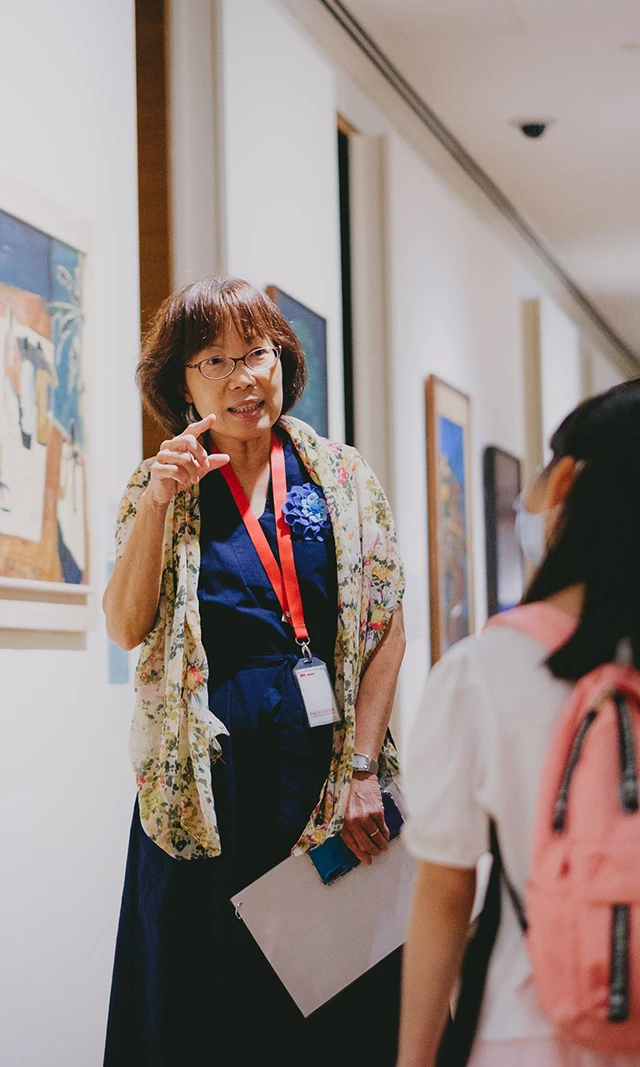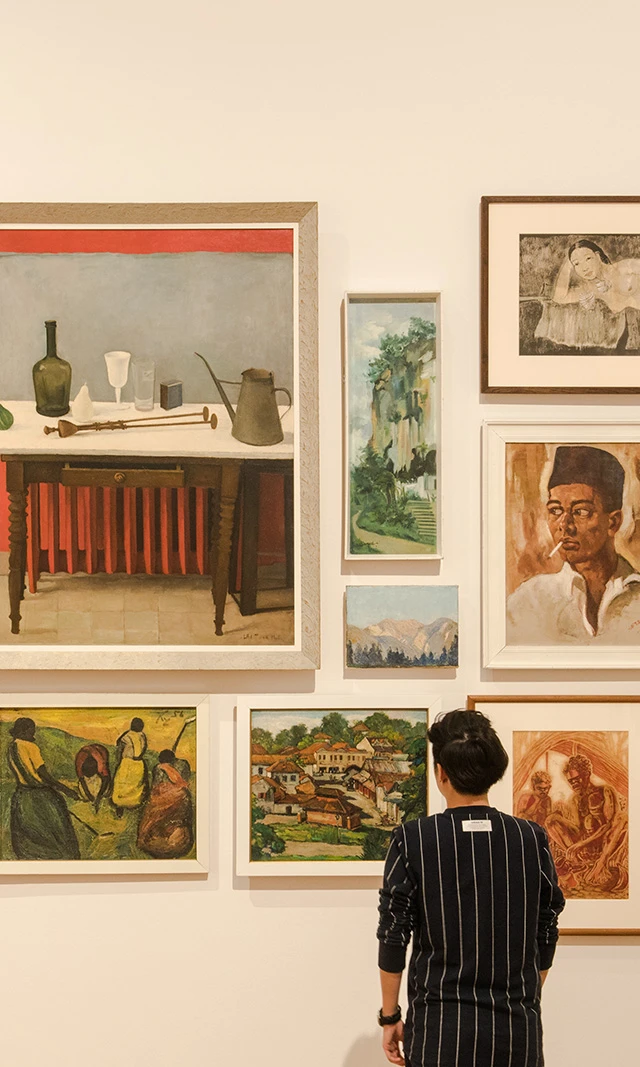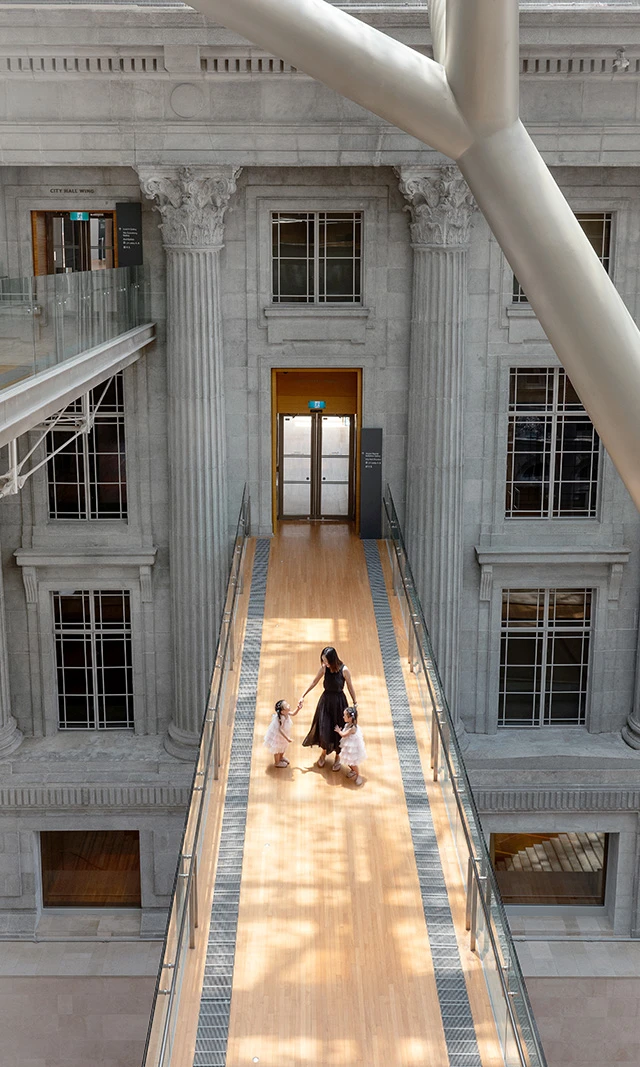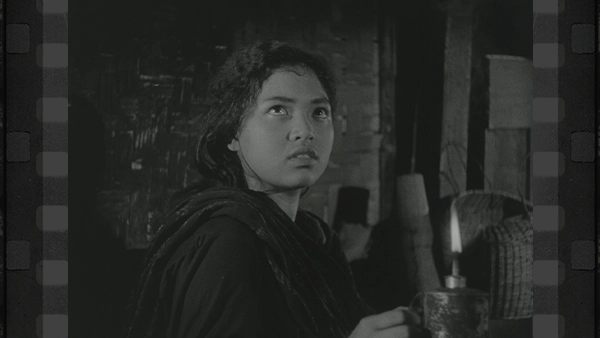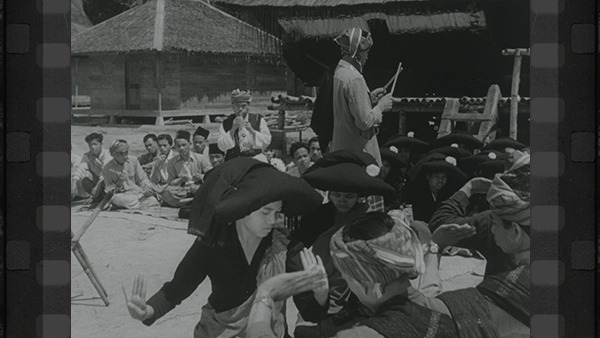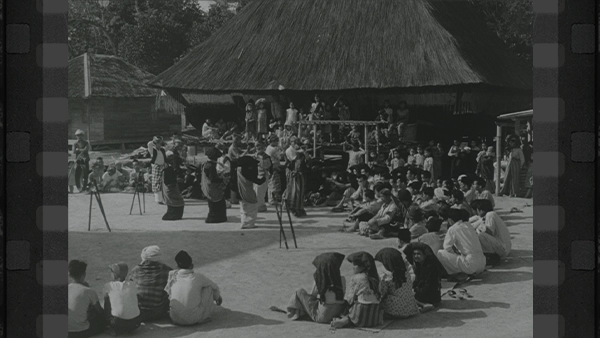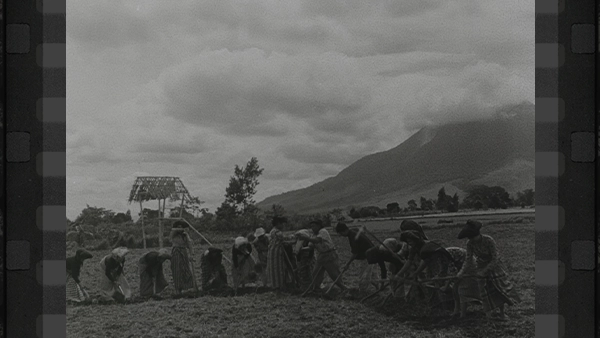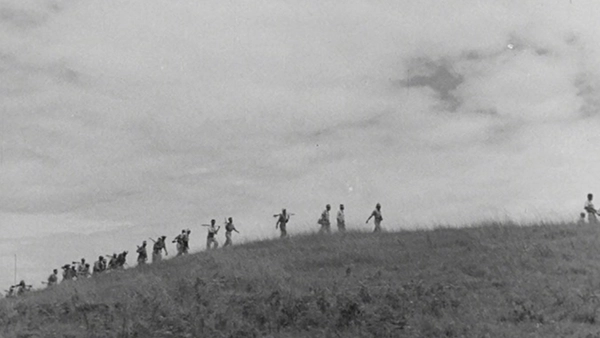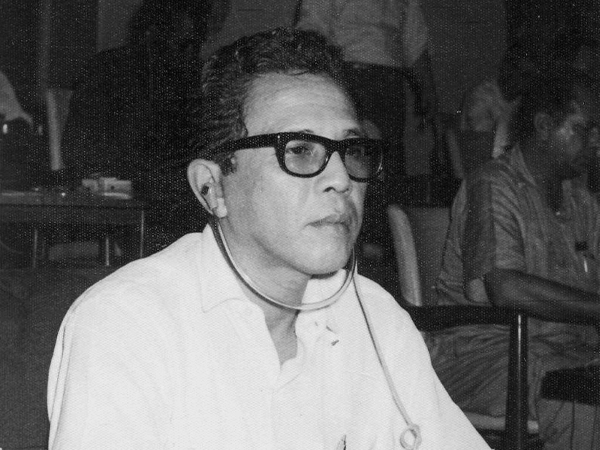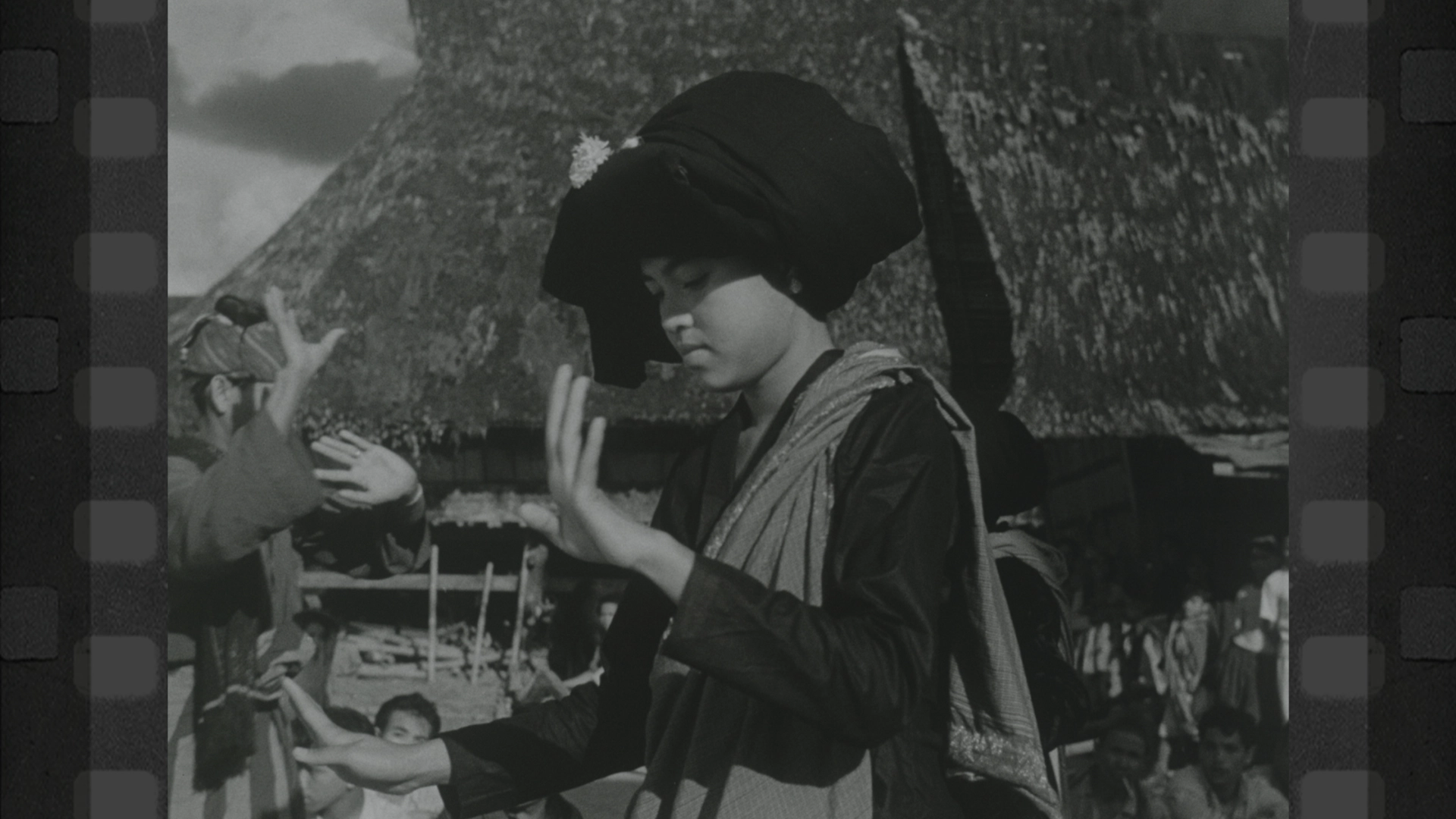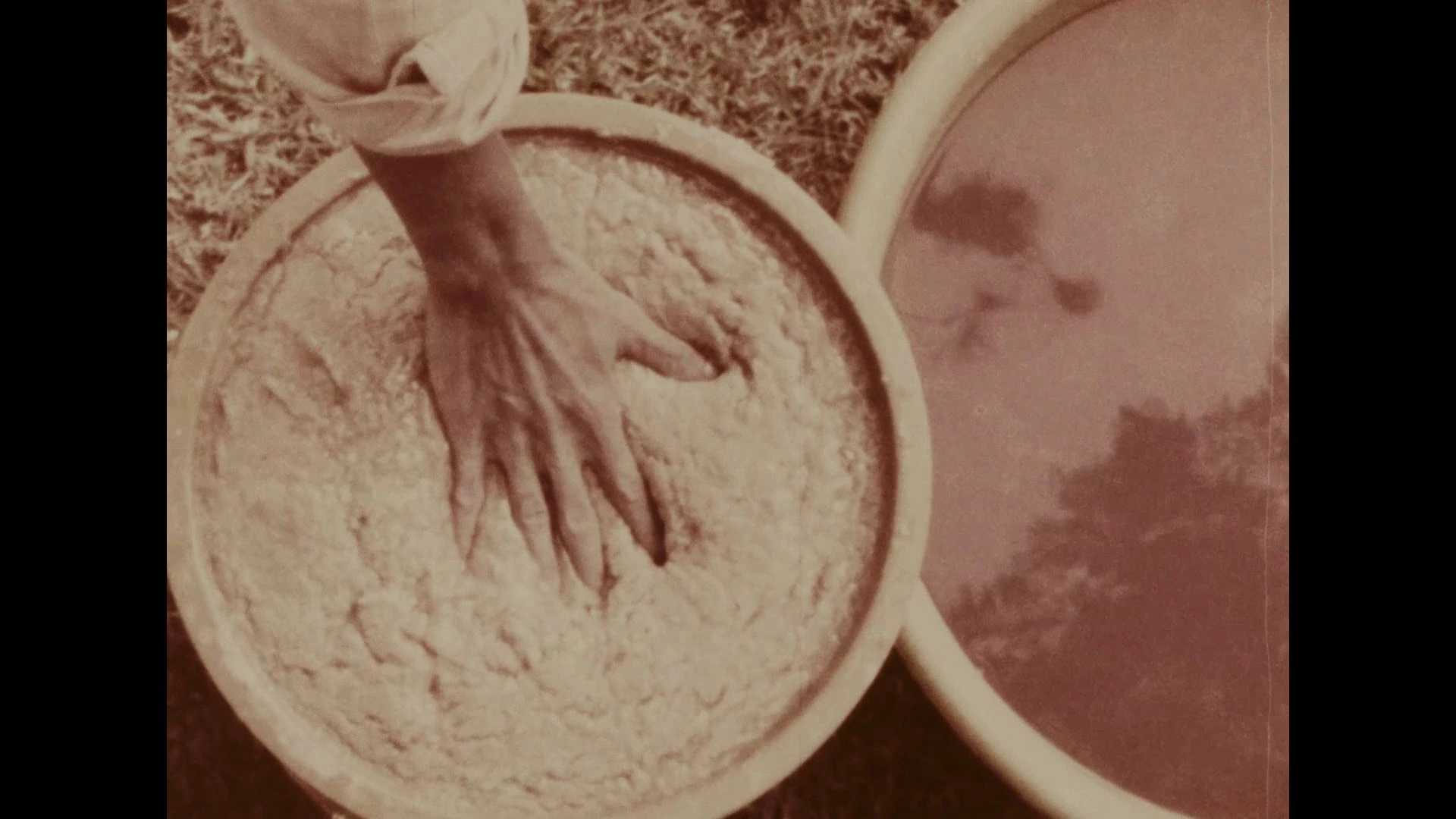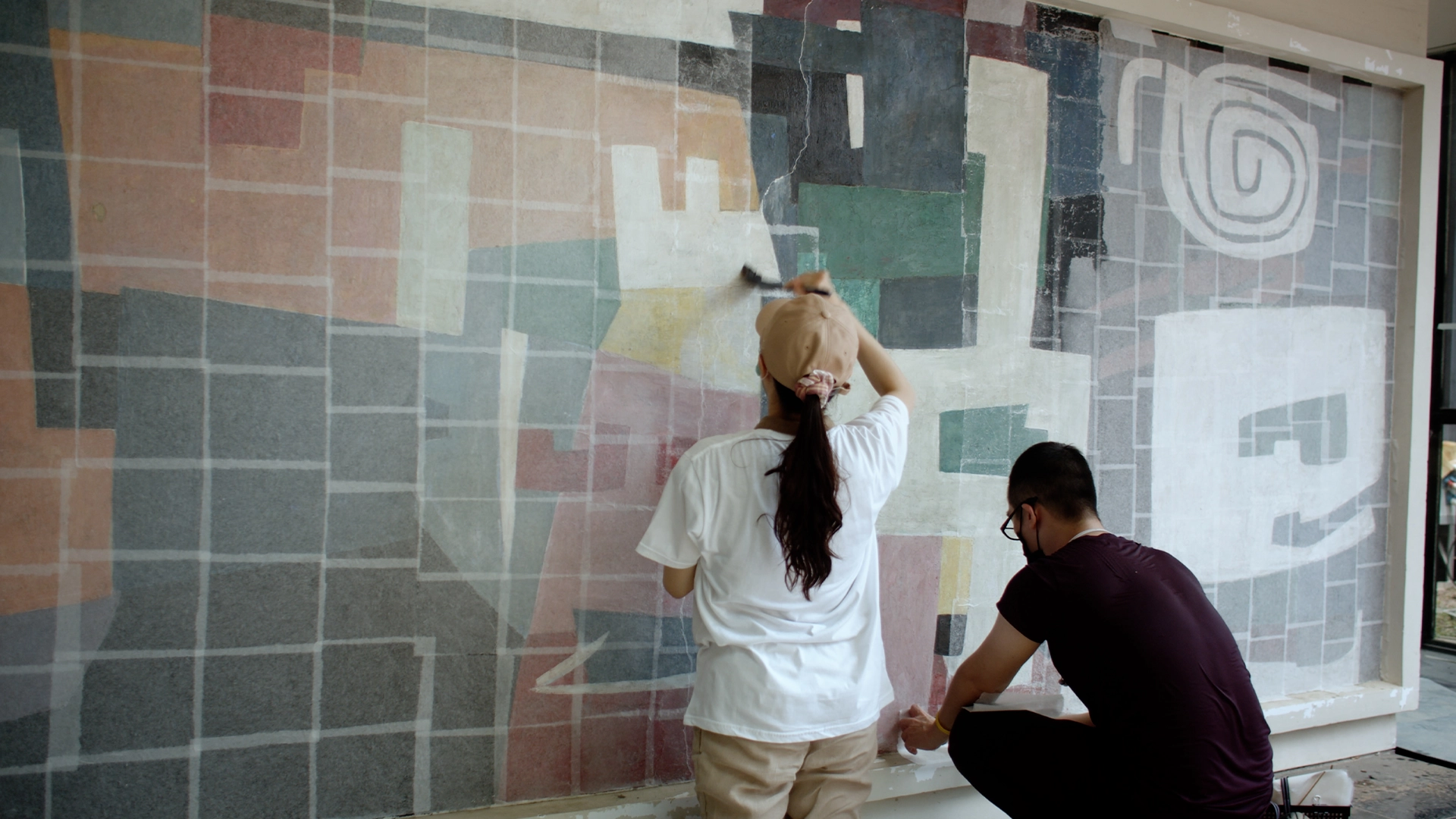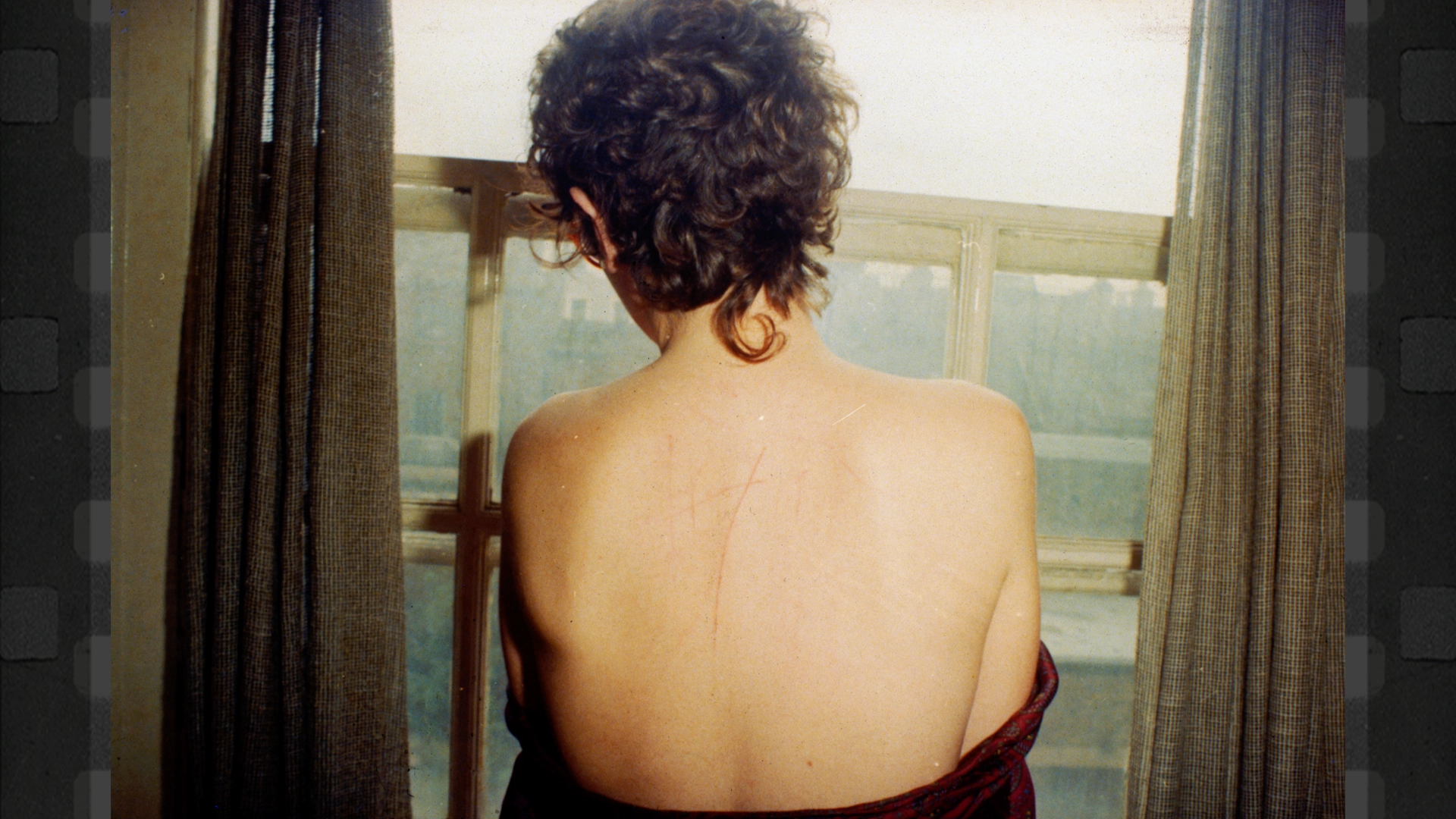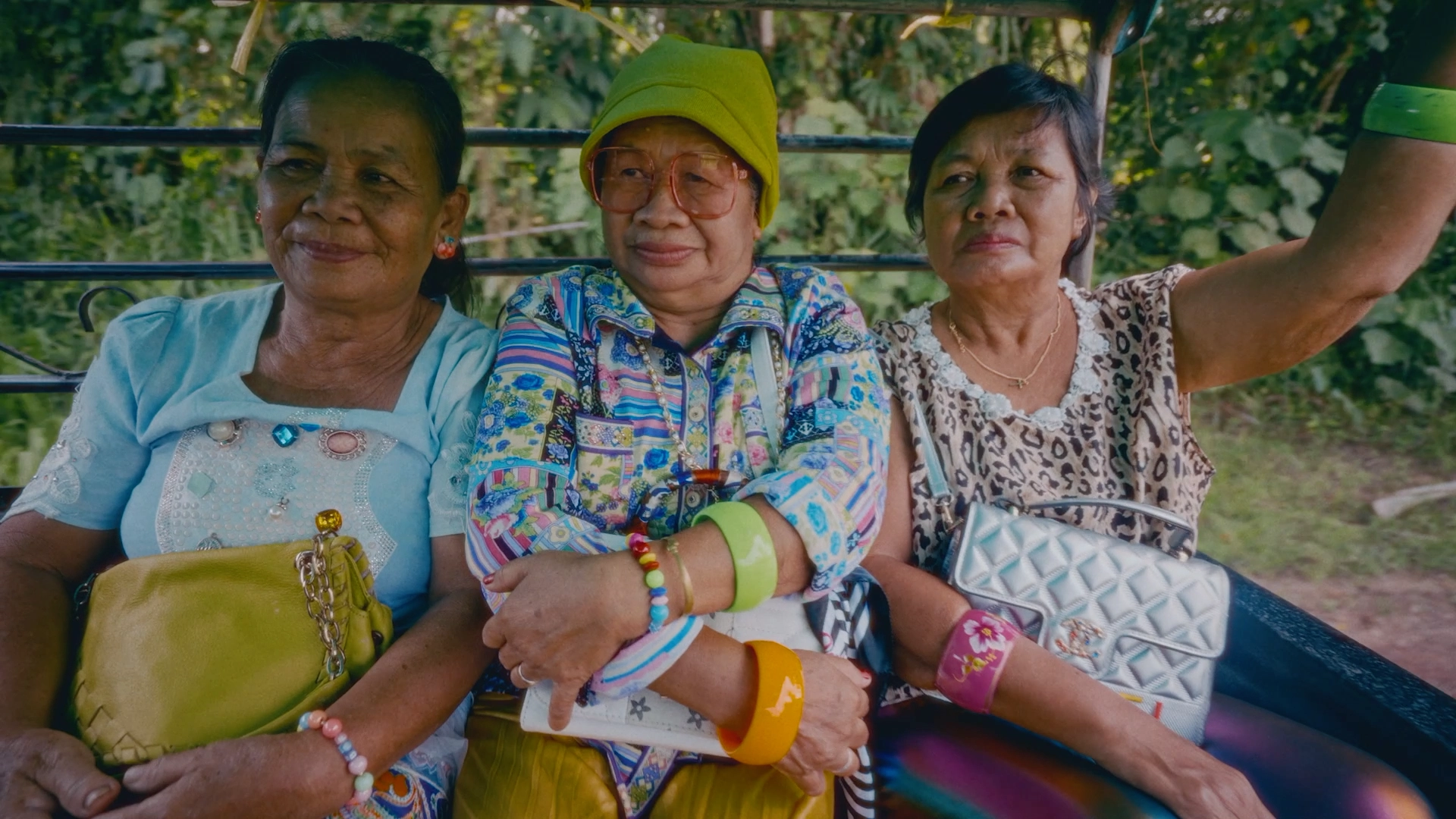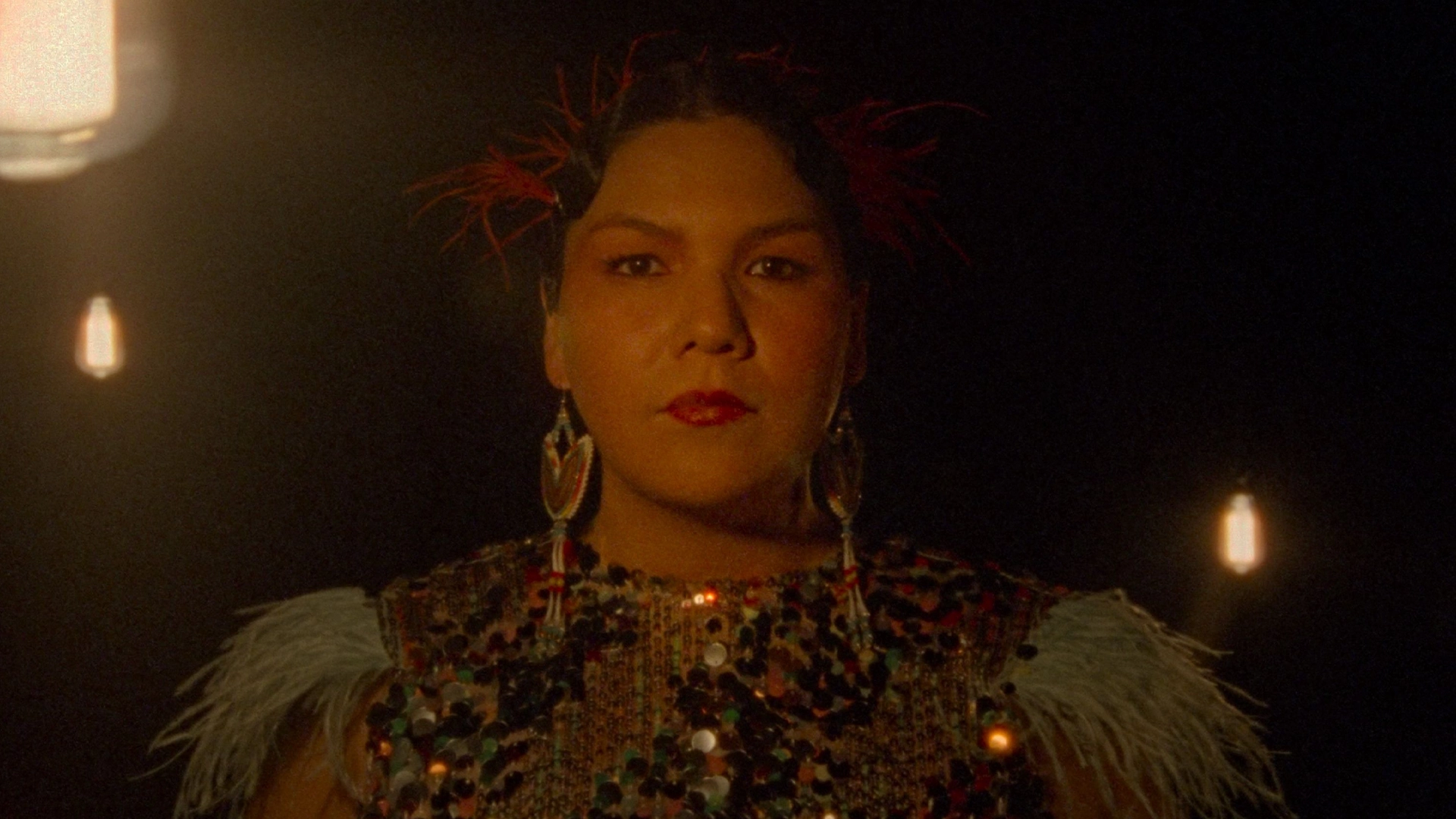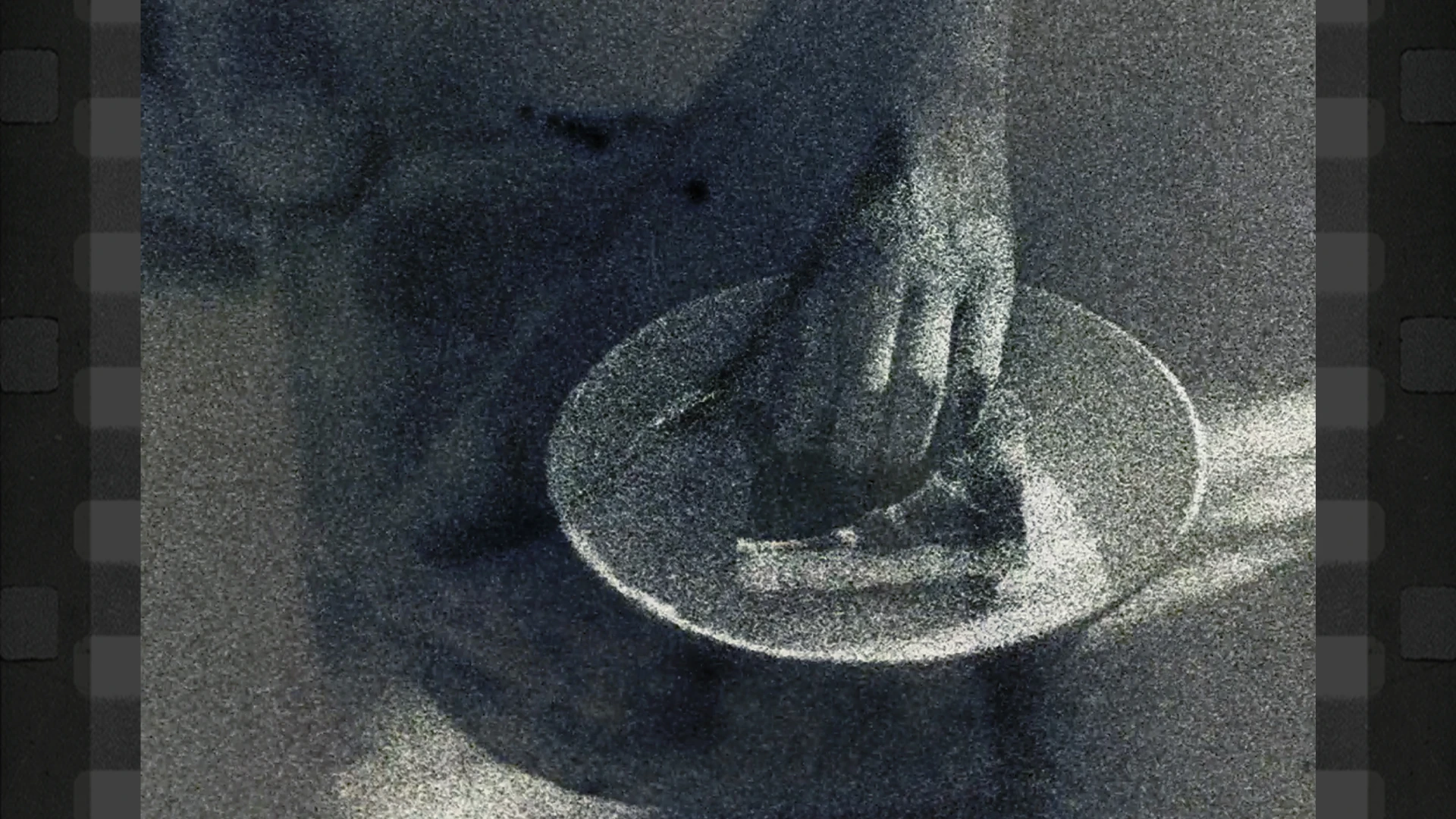TURANG
By Bachtiar Siagian
About the Film
Turang is one of several post-independence Indonesian films that feature the nationalist struggle against Dutch colonial rule. Set in a Karo community in North Sumatra, this film employs a neorealist aesthetic to show the pastoral beauty of Indigenous lands, artistic traditions, and way of life. In doing so, Siagian accentuates the local resistance efforts of ordinary villagers in the larger liberation movement, and depicts events from their perspective.
The story follows Rusli, a freedom fighter who is wounded by Dutch troops during a mission and forced to hide out in a village closely watched by the colonial forces and their informants. As he recovers under the care of the village chief and his daughter, Tipi, Rusli seeks to re-join his unit. This sparks off a chain of events that surfaces the bonds of loyalty between the villagers and freedom fighters, and the love between Tipi and Rusli. The Karo term of endearment that gives the film its name, forms the refrain in the haunting songs that Tipi and the villagers sing throughout the film, as they express their kinship and solidarity.
Turang (1958) won four awards at the Indonesian Film Festival in 1960, including Best Film. A vital part of Indonesia’s film heritage, it was for many years believed to be lost. The version showing at Painting with Light was digitised from nitrate materials recently found at Gosfilmofond, the state film archive of Russia. It was first screened in 2024 at Seberaya village, where the film was shot. In 2025, Turang was part of the 54th International Film Festival Rotterdam’s programme commemorating the 70th anniversary of the Bandung Conference.


